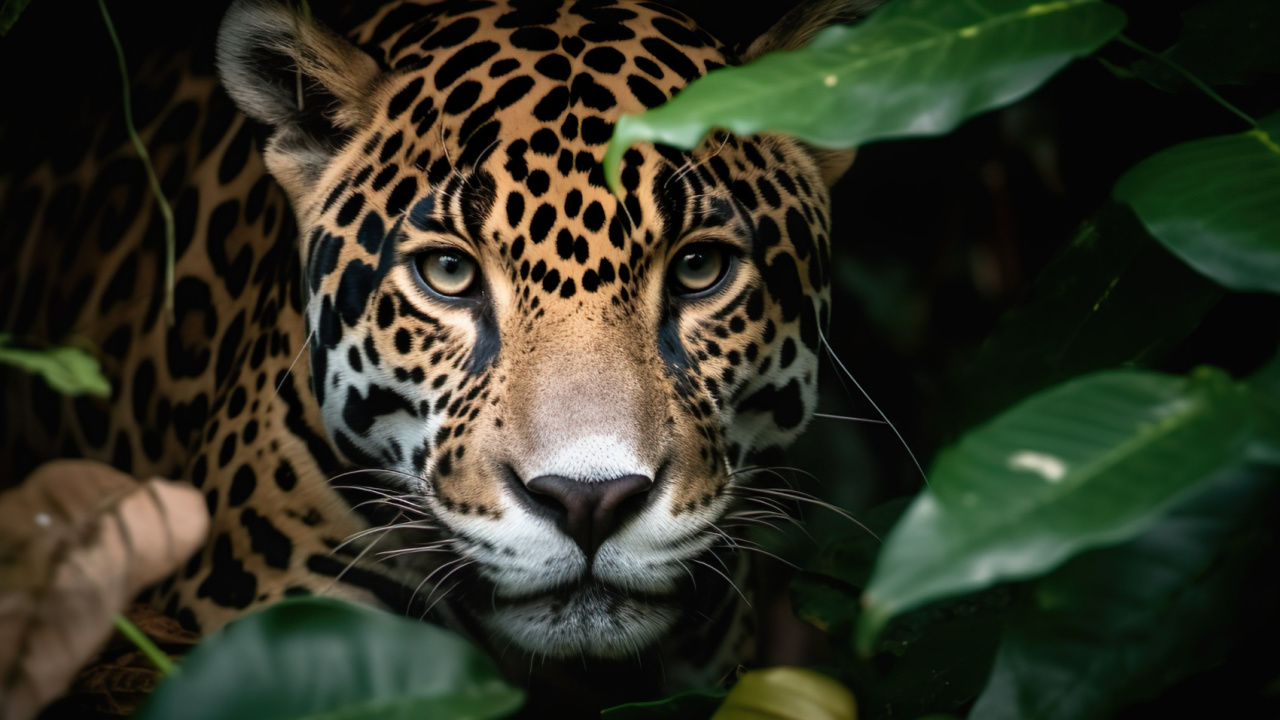Snakes have captivated human imagination for centuries, often inspiring both fear and fascination. While many snakes are harmless, some pack a lethal punch with their potent venom. This list explores the 15 most deadly snakes on our planet, showcasing nature’s most dangerous serpents.
Inland Taipan
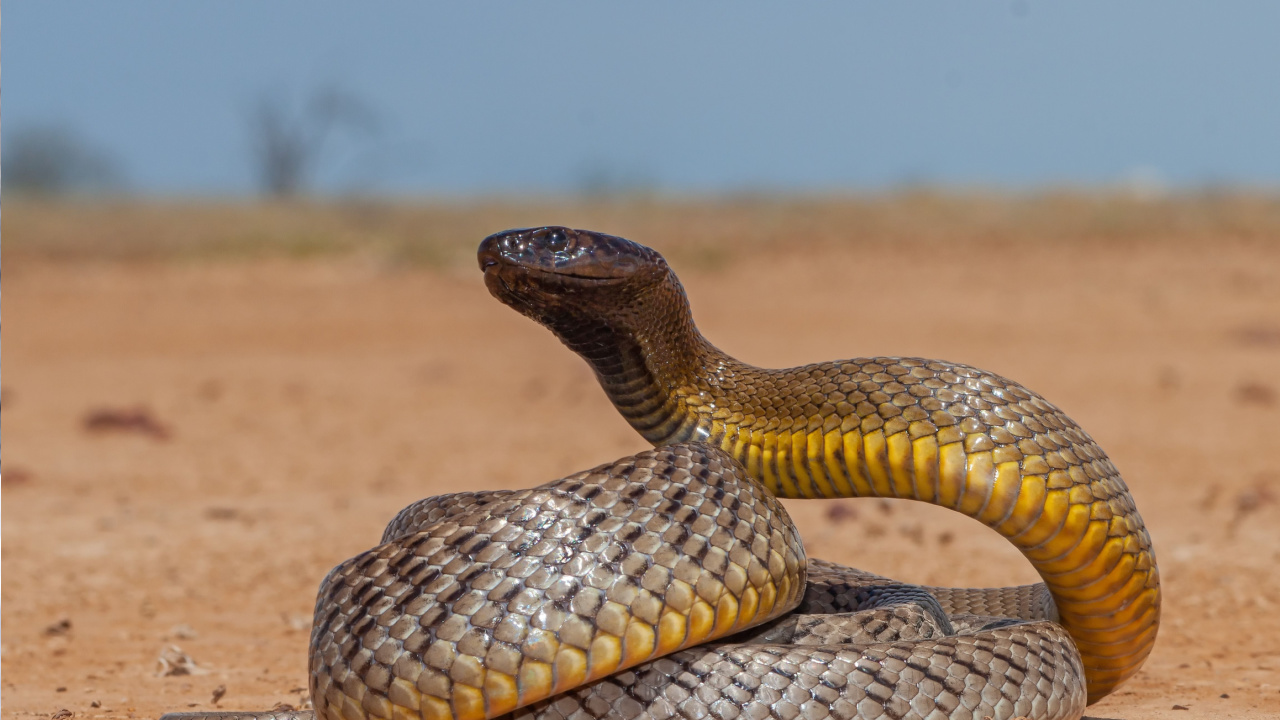
The Inland Taipan, found in Australia, tops the list as the world’s most venomous snake. Its venom is so potent that a single bite contains enough toxin to kill up to 100 adult humans. Fortunately, this snake is shy and rarely encounters people. Its neurotoxic venom affects the nervous system, causing paralysis and death if left untreated.
Black Mamba
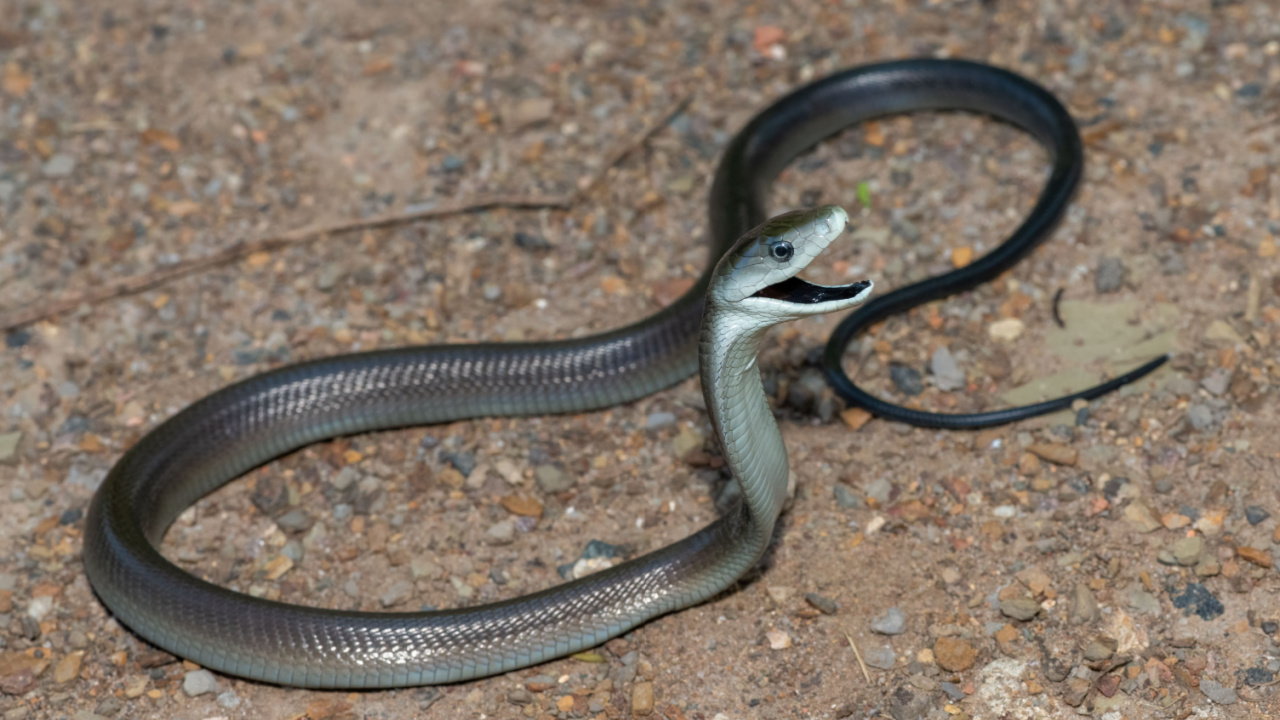
Native to sub-Saharan Africa, the Black Mamba is known for its speed and aggression. It can grow up to 14 feet long and move at speeds of up to 12 mph. The Black Mamba’s venom is highly toxic, causing death within hours if untreated. Its bite is often referred to as the “kiss of death” due to its lethal nature.
Coastal Taipan
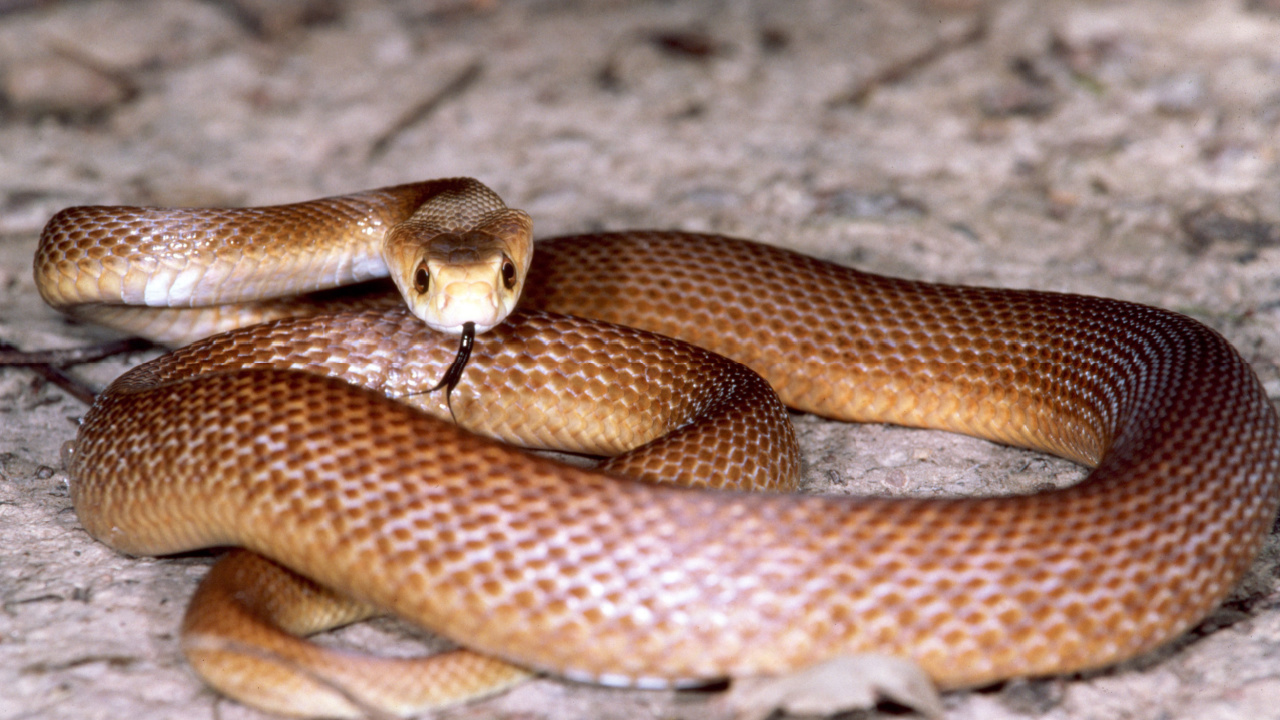
Another Australian native, the Coastal Taipan is slightly less venomous than its inland cousin but more likely to encounter humans. Its venom attacks the nervous system and blood, causing paralysis and uncontrollable bleeding. Without antivenom, a bite from this snake can be fatal within hours.
Tiger Snake
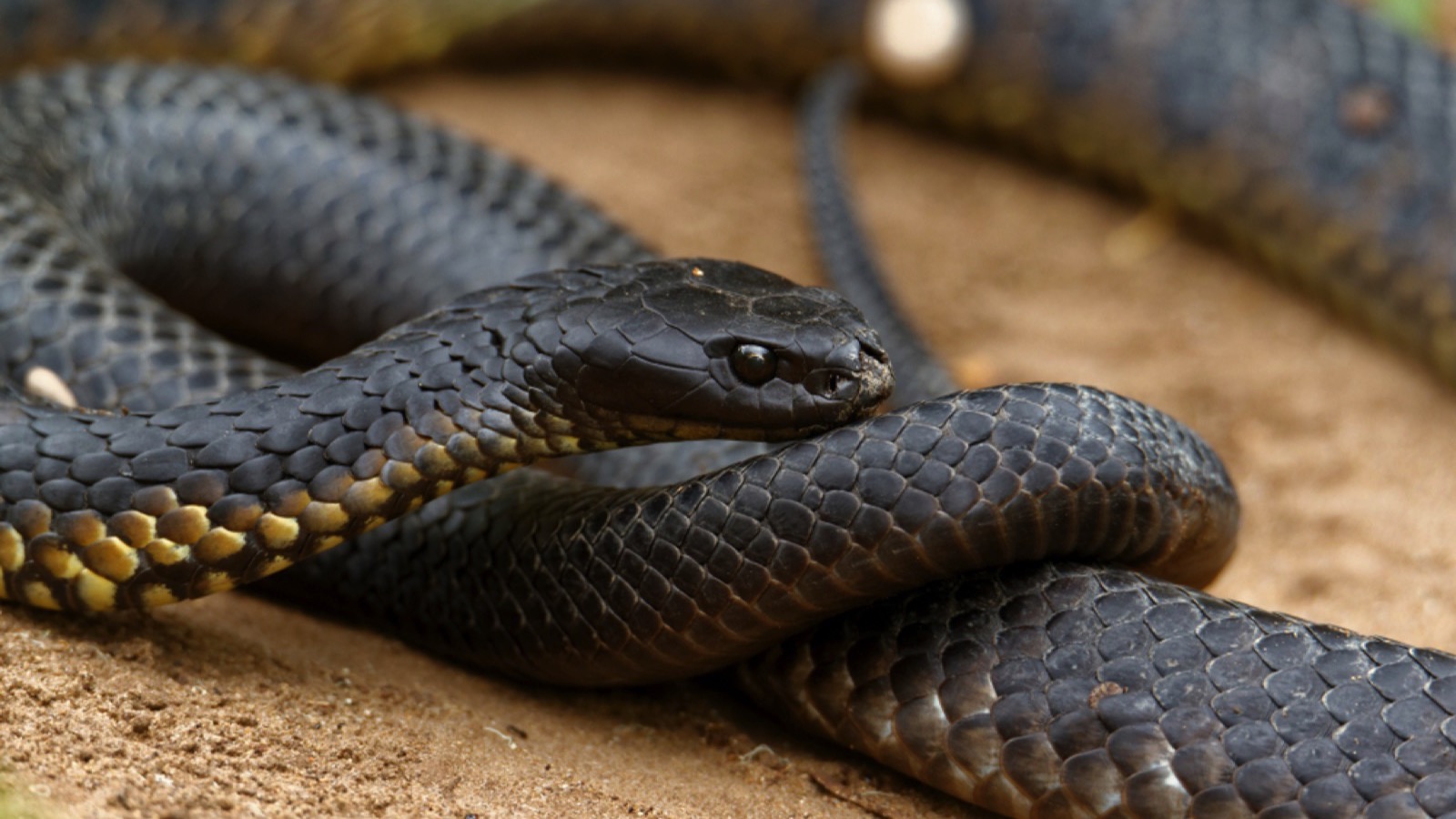
Tiger Snakes, found in southern Australia, are known for their distinctive banded pattern. Their venom is a potent neurotoxin that can cause paralysis and death. These snakes are responsible for many bites in Australia, as they often live near human settlements and can be aggressive when cornered.
Eastern Brown Snake
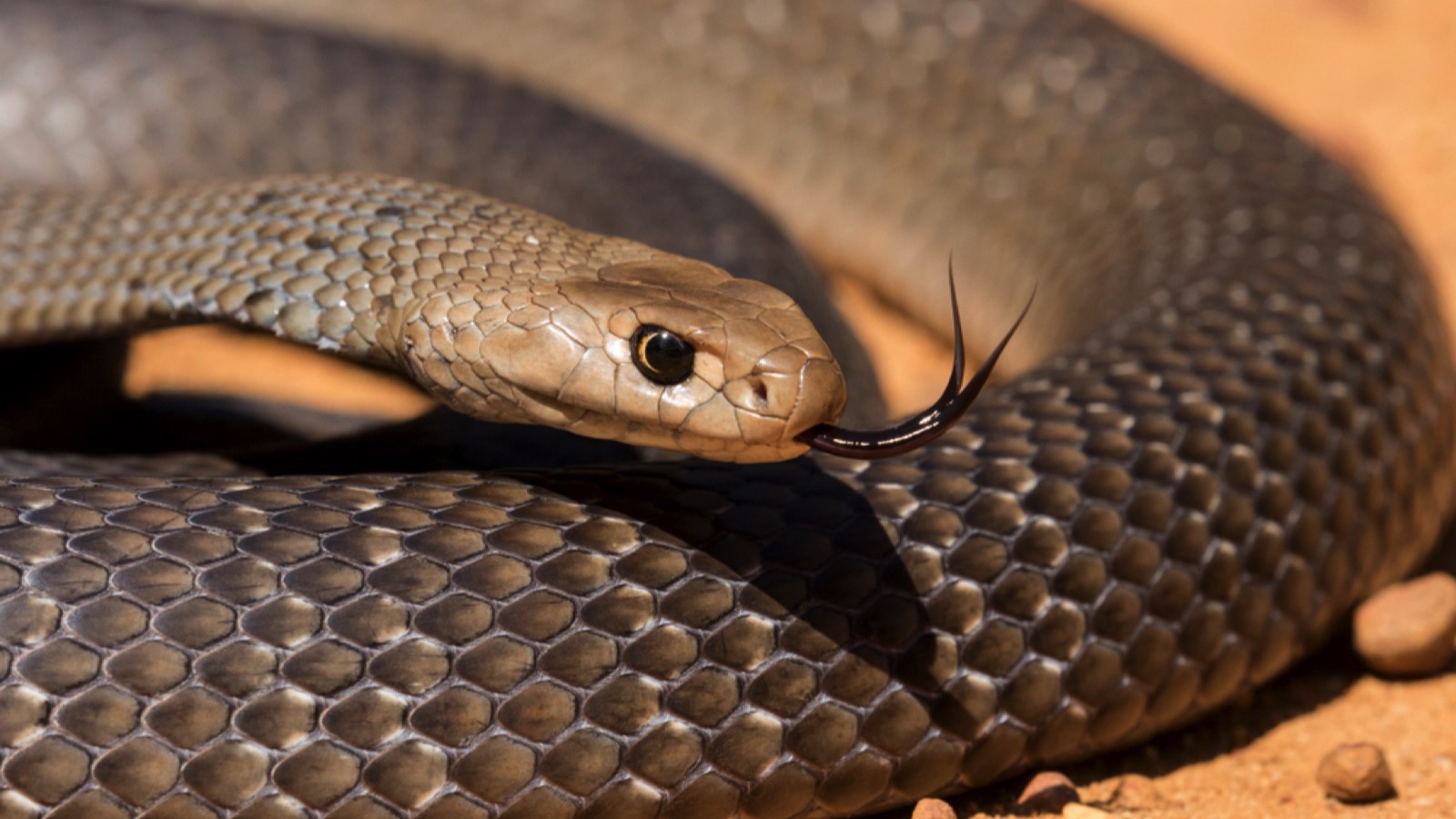
Also known as the Common Brown Snake, this Australian serpent is responsible for more deaths in Australia than any other snake. It’s fast, aggressive, and its venom causes progressive paralysis and uncontrollable bleeding. Despite its name, Eastern Brown Snakes can be various shades of brown, ranging from near black to light tan.
Saw-Scaled Viper
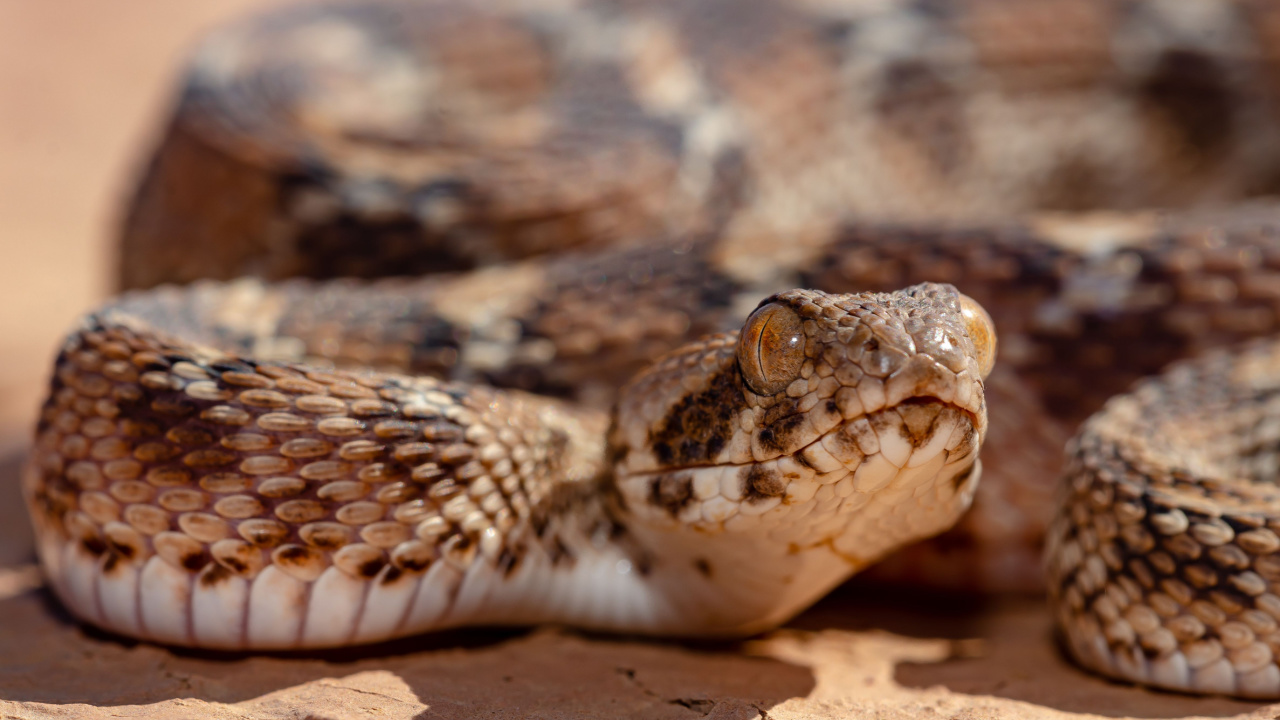
Found across the Middle East and India, the Saw-Scaled Viper is believed to kill more people than any other snake worldwide. Its small size makes it easy to overlook, leading to accidental encounters. The viper’s venom causes severe pain, swelling, and bleeding, often resulting in a slow and painful death if left untreated.
King Cobra
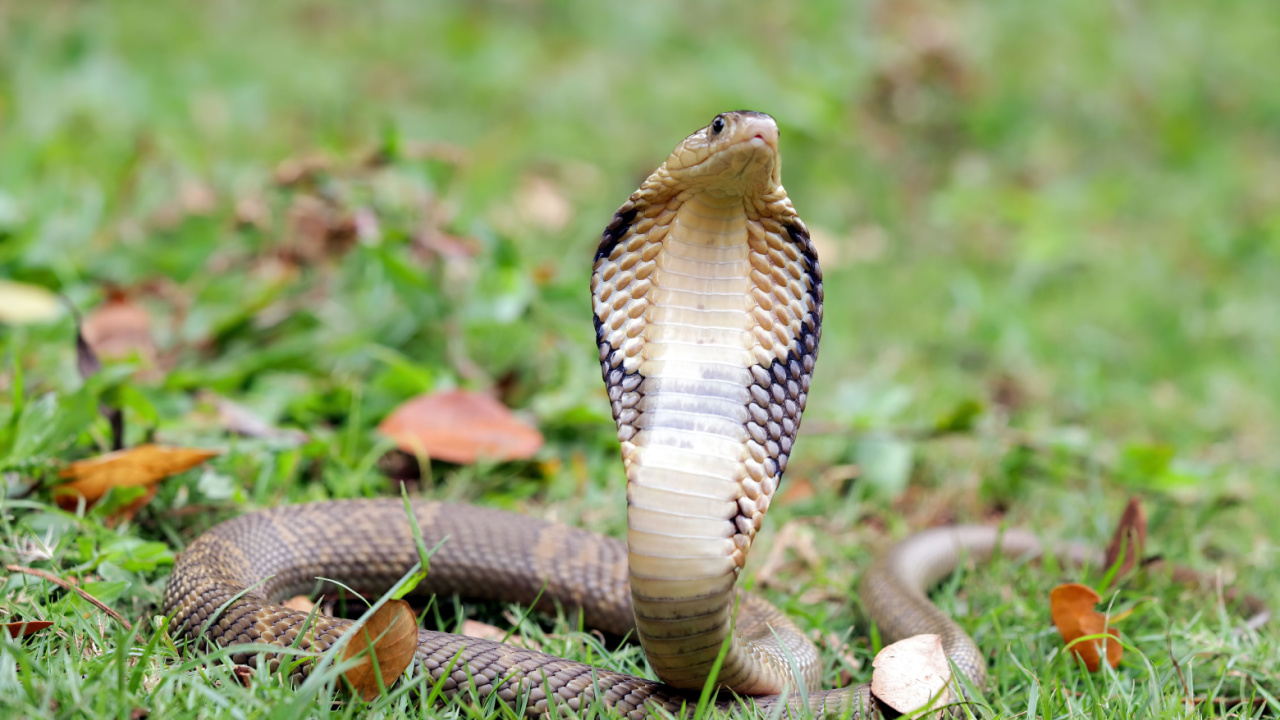
The King Cobra, native to South and Southeast Asia, is the world’s longest venomous snake, growing up to 18 feet. Its venom is not the most potent, but the sheer volume it can deliver in a single bite makes it lethal. King Cobras are known for their intelligence and are the only snakes that build nests for their eggs.
Philippine Cobra
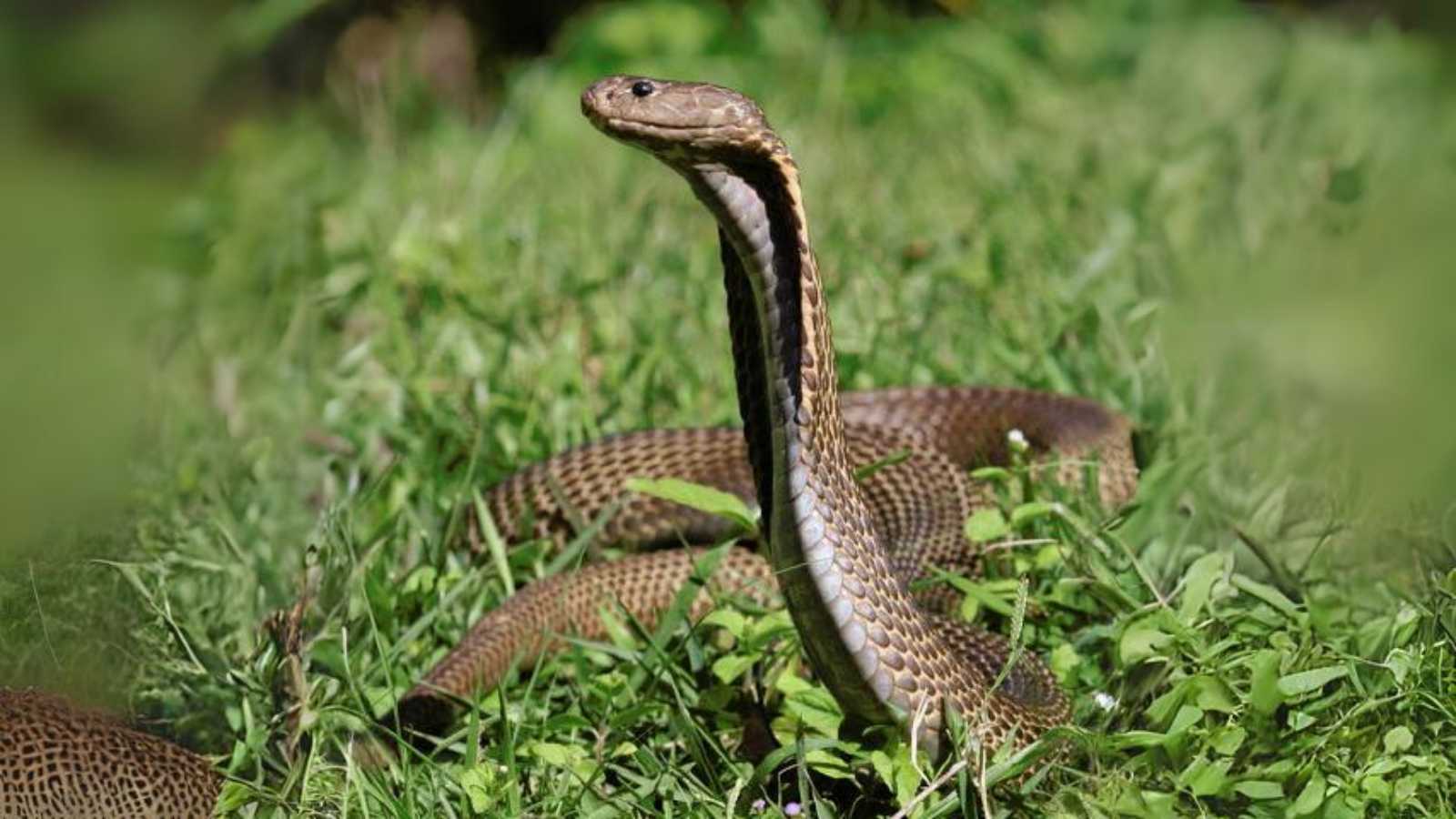
The Philippine Cobra is one of the most venomous of the spitting cobras. Its neurotoxic venom can be delivered through a bite or by spitting into the eyes of its victim. This cobra’s venom affects breathing, and without treatment, death can occur within 30 minutes.
Death Adder
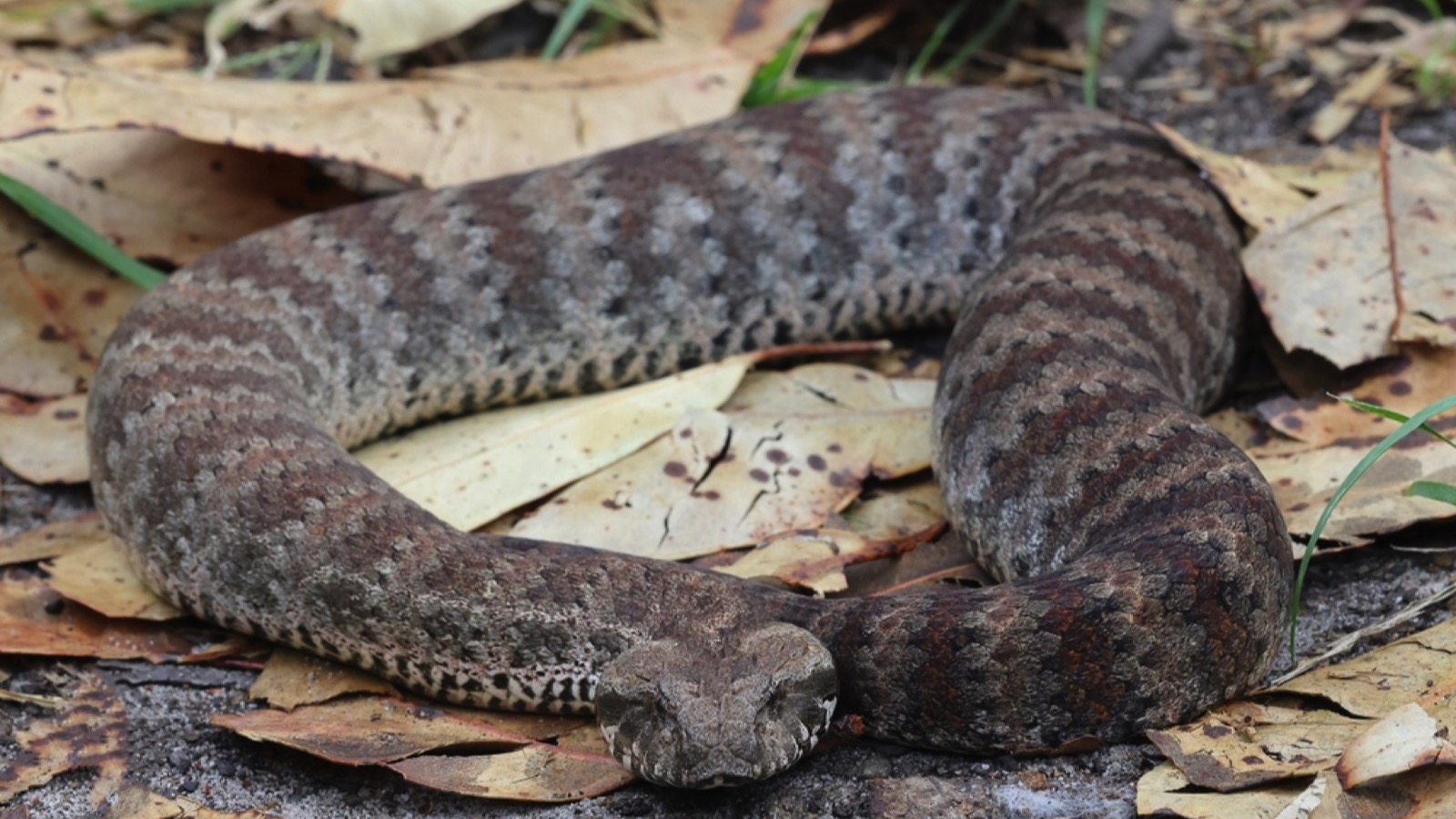
Despite its name, the Death Adder is not related to vipers but is part of the Elapidae family. Found in Australia and New Guinea, it has one of the fastest strikes of any snake. Its venom causes paralysis and respiratory failure, potentially leading to death within six hours if untreated.
Russell’s Viper
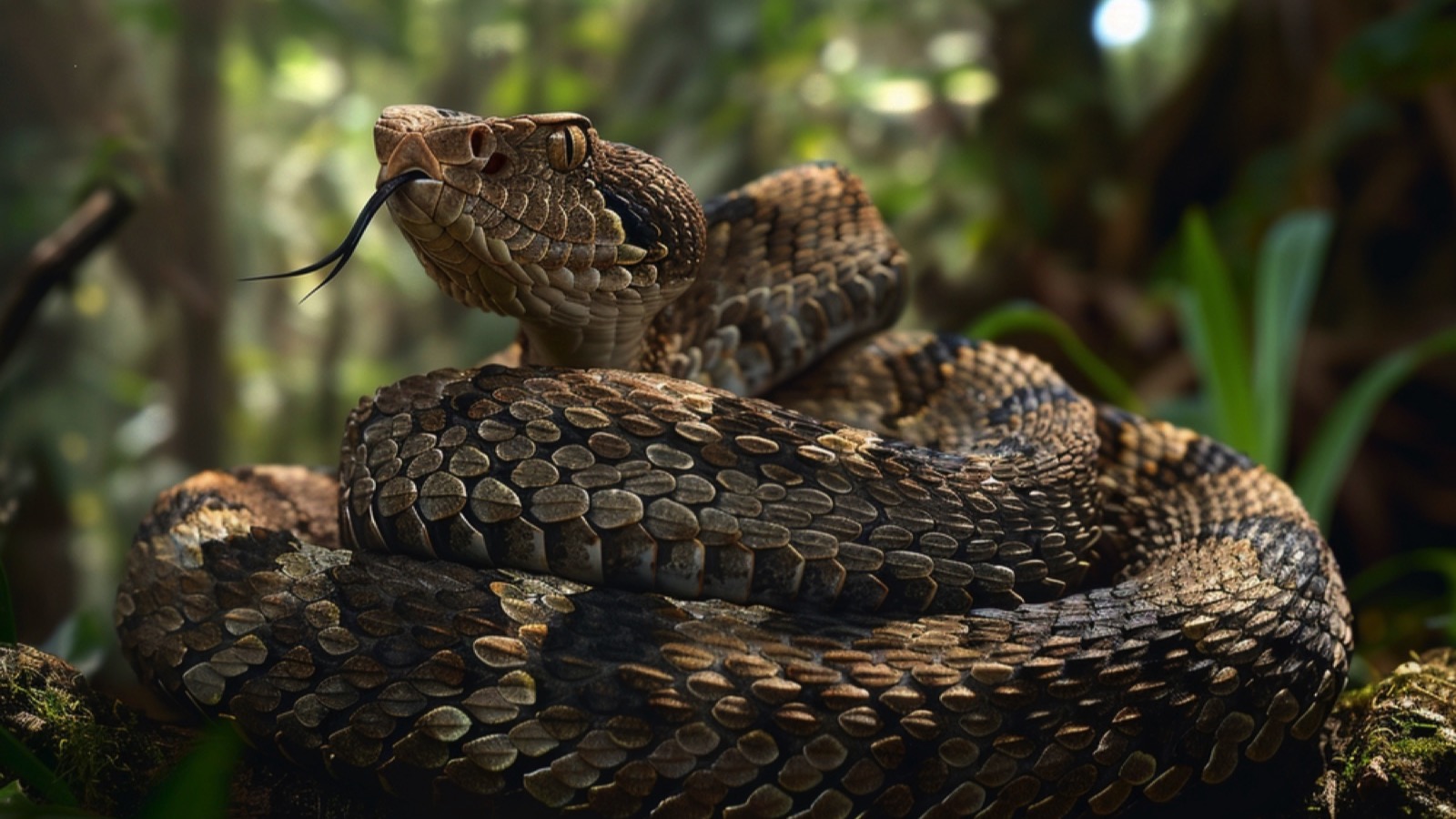
Widespread across Asia, Russell’s Viper is responsible for thousands of deaths each year. Its venom causes severe pain, swelling, and bleeding, as well as kidney failure. These snakes are often found in agricultural areas, increasing the risk of human encounters.
Blue Krait
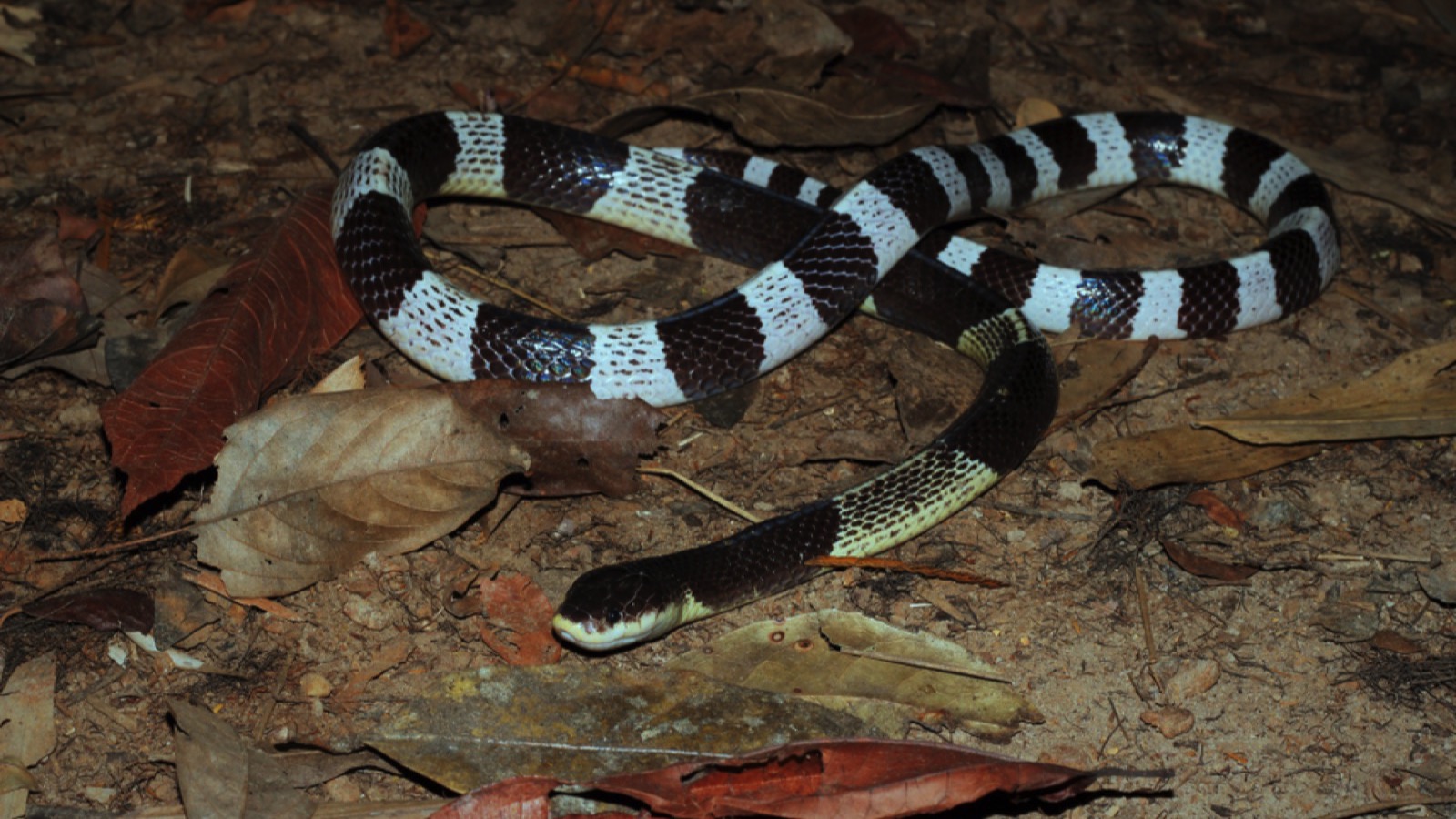
The Blue Krait, found in Southeast Asia, has a highly potent neurotoxic venom. It’s known for its nocturnal habits and is responsible for many snakebite deaths in its range. The Blue Krait’s bite may be painless, leading victims to underestimate its severity until it’s too late.
Eastern Diamondback Rattlesnake
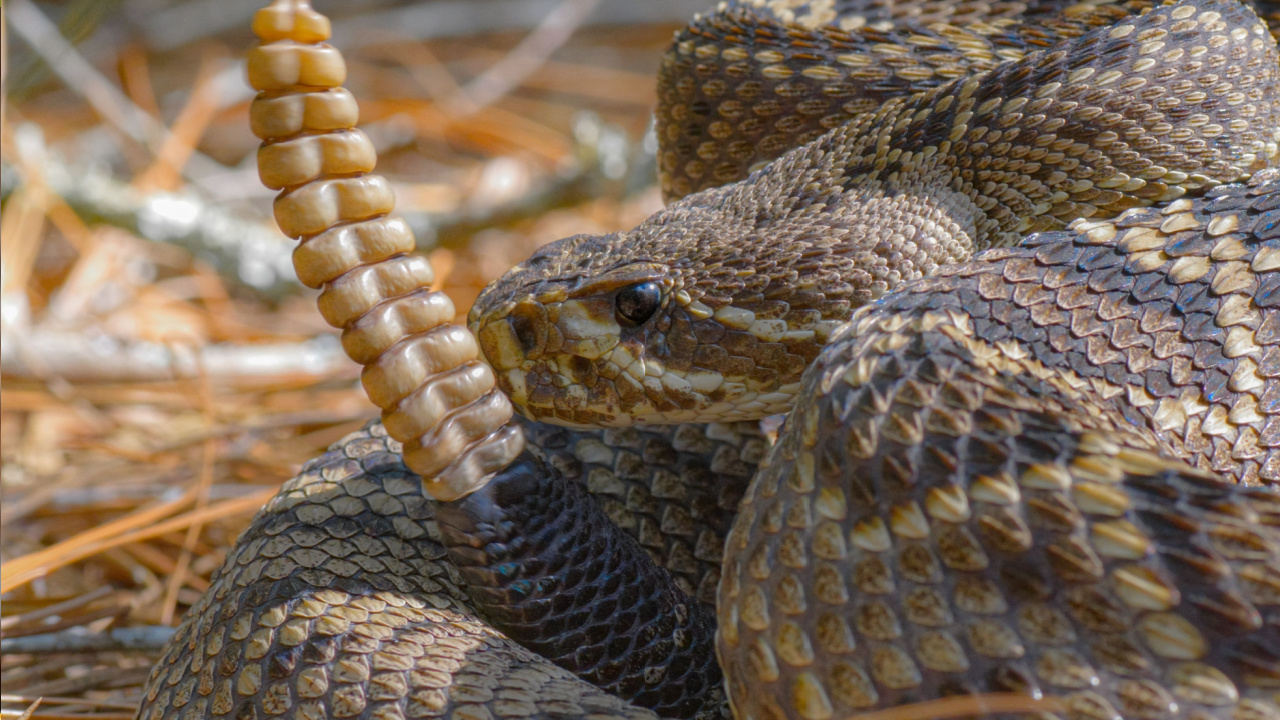
The largest venomous snake in North America, the Eastern Diamondback Rattlesnake, has a fearsome reputation. Its venom destroys blood cells and tissue, causing severe pain and internal bleeding. Despite its large size and distinctive rattle, many bites occur when people try to handle or kill these snakes.
Black-Necked Spitting Cobra
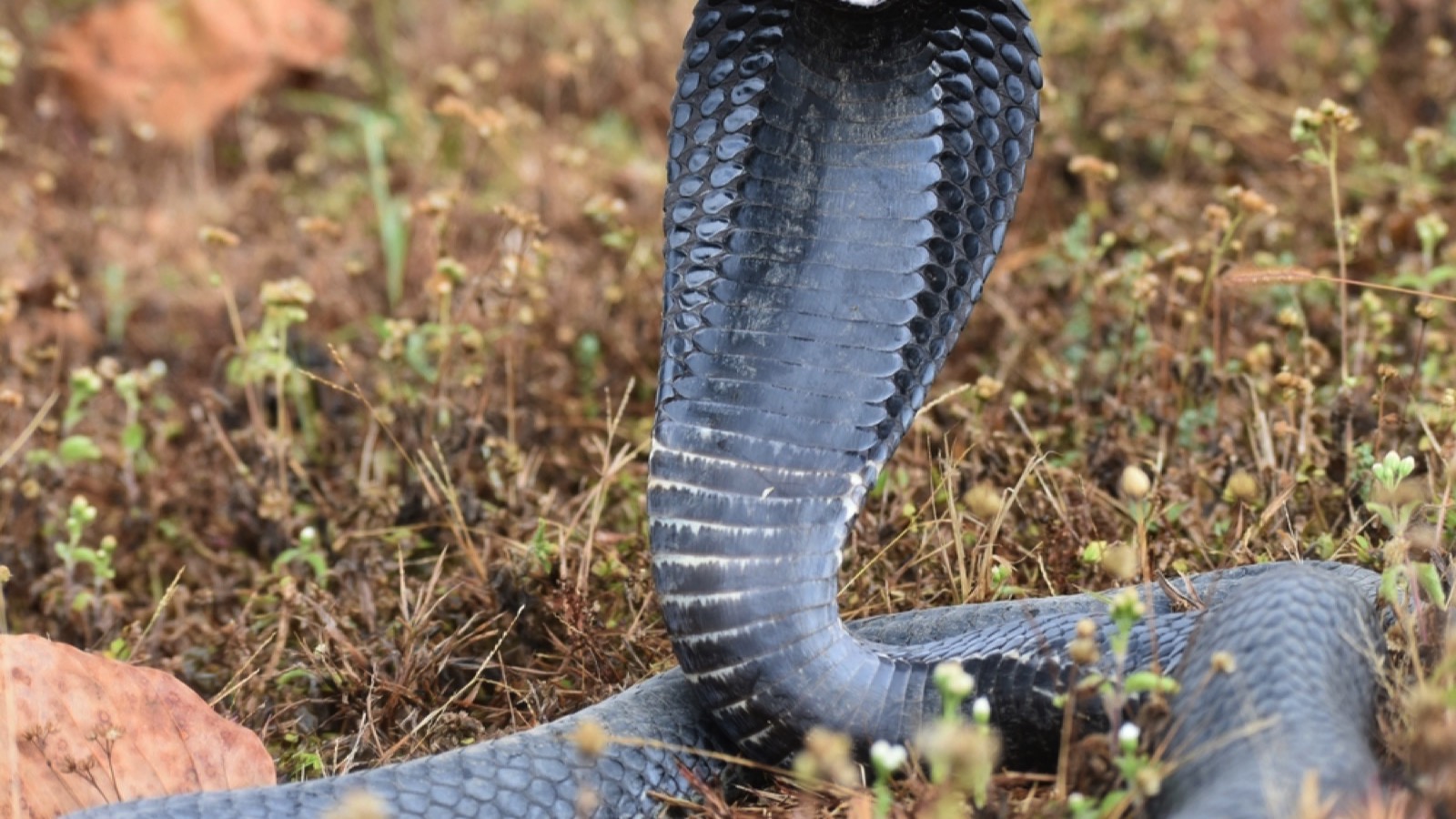
Found in Africa, this cobra can spit its venom up to 10 feet with remarkable accuracy. While its spat venom is primarily a defensive mechanism, causing severe pain and potential blindness if it hits the eyes, its bite can be fatal. The Black-Necked Spitting Cobra is known for its distinctive black and white coloration.
Fer-de-Lance
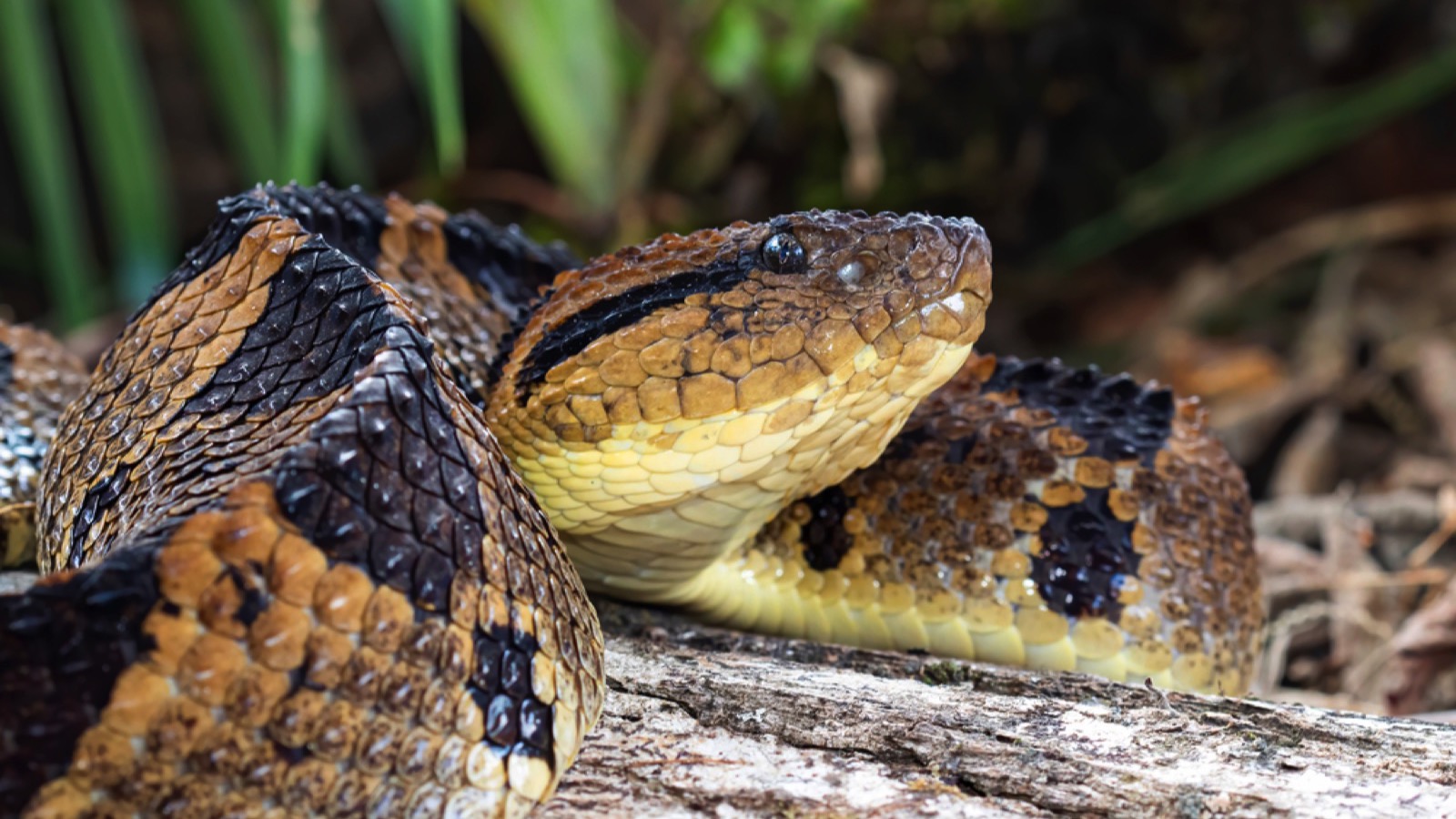
The Fer-de-Lance, found in Central and South America, is responsible for more human deaths in its range than any other snake. Its venom causes severe local tissue damage and internal bleeding. These snakes are known for their irritable nature and tendency to stand their ground when threatened.
Yellow-Bellied Sea Snake
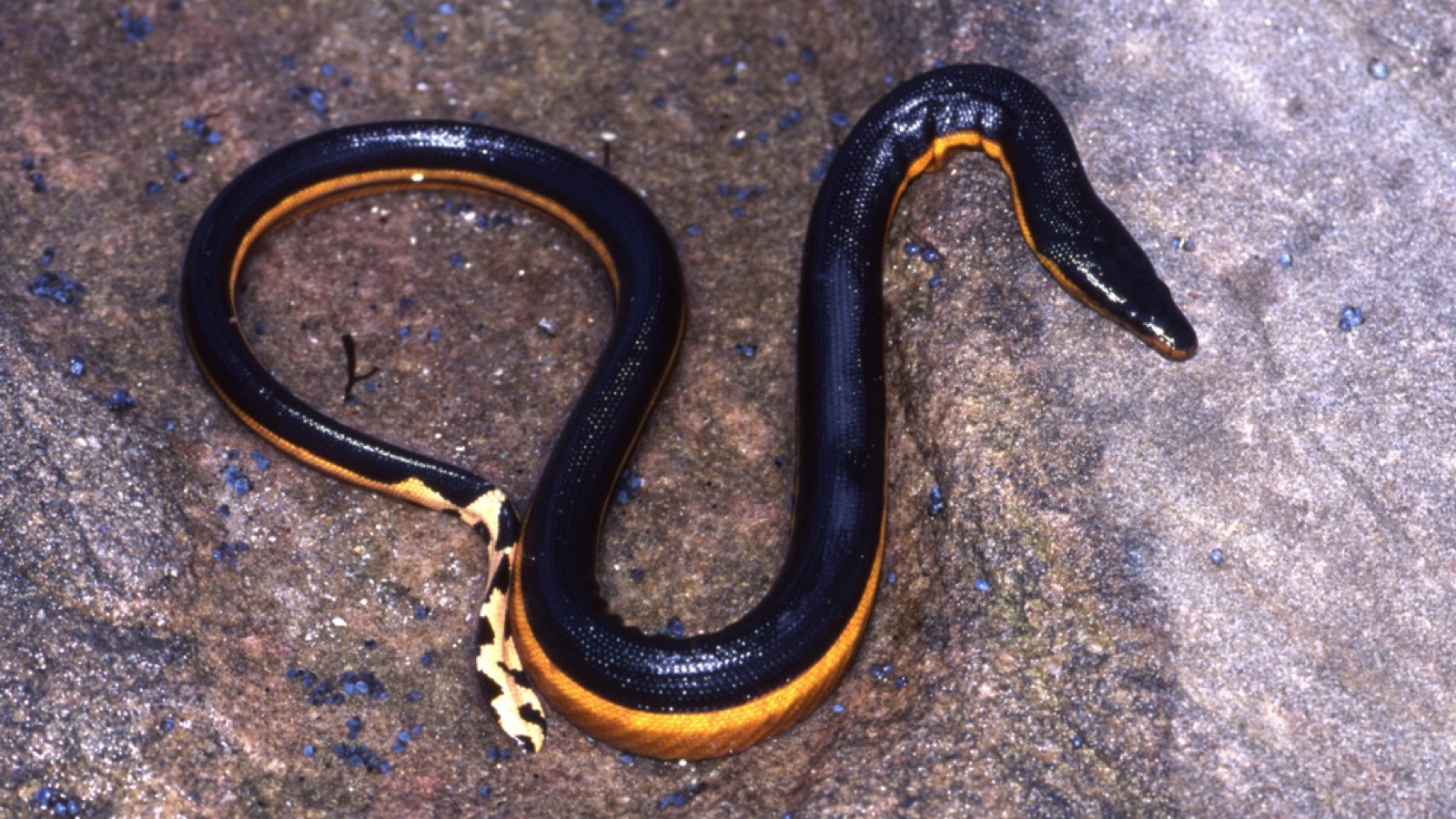
The only fully aquatic snake on this list, the Yellow-Bellied Sea Snake is found in tropical oceanic waters. Its venom is highly potent, affecting the nervous system and muscles. While sea snake bites are rare, they can be extremely dangerous, especially for fishermen and divers who might accidentally disturb these creatures.
31 Venomous Animals You Should Avoid at All Costs
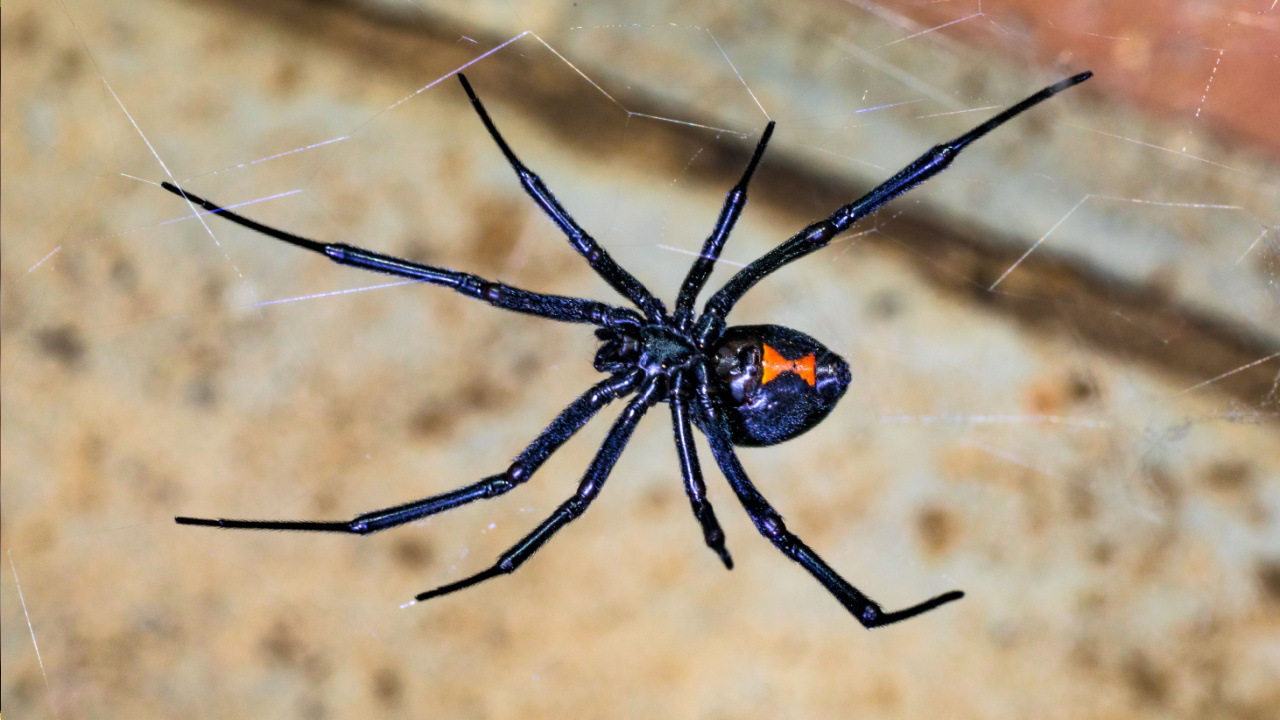
Many people confuse venomous and poisonous animals, but these terms are not the same. Poisonous animals release toxins when touched or ingested, while venomous creatures deliver toxins through bites or stings. Venom varies greatly among species, with some animals developing specialized methods to defend themselves or catch prey.
The danger of a venomous animal is often measured using the lethal dose 50% (LD50) metric, which shows how much venom is needed to kill half of a group of lab mice. The LD50 helps understand venom’s potency, but factors like the amount of venom injected and the physical trauma caused are also important. From jellyfish tentacles to snake fangs, these adaptations can be deadly. Here are 31 venomous animals you should avoid at all costs.
Beyond the Spinning Wheel: 12 Unexpected and Practical Ways to Utilize Wool
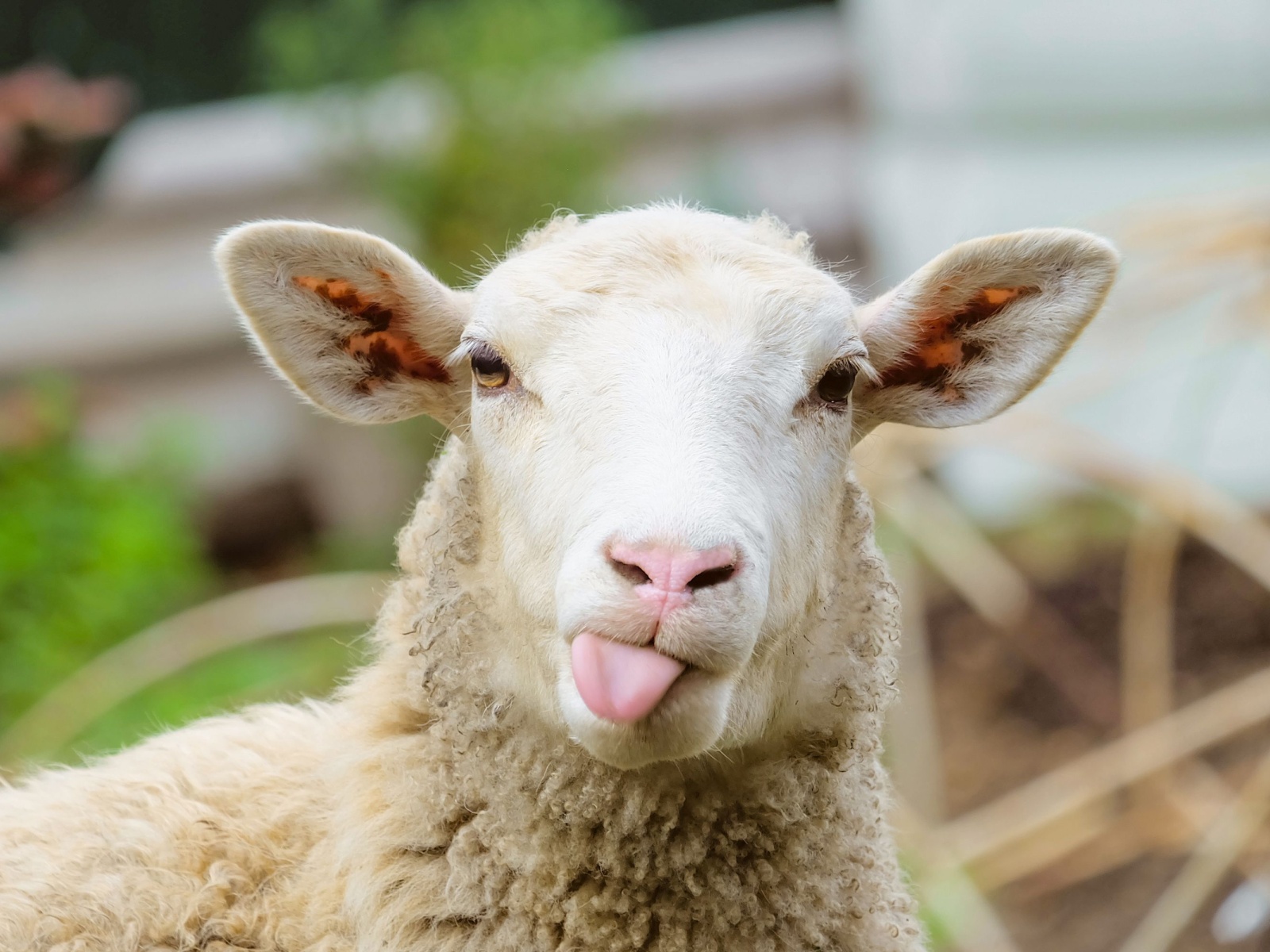
Wool is a wonderfully versatile material that goes far beyond traditional spinning. Known for its durability and warmth, wool can be used in numerous creative and practical ways around your homestead. This list will explore some of the lesser-known uses for wool that can enhance your self-sufficiency and make everyday life a bit easier. Whether you’re a seasoned homesteader or just starting out, these ideas will help you get the most out of every fleece.
55 Unbelievable Animals Who Are Extreme Survival Wizards
Survival in the wild is no easy task. Animals must deal with tough environments and dangerous predators every day. To stay alive, many animals have developed special abilities and behaviors. However, a few have taken it to the next level with some truly amazing survival skills. In this post, I’ll introduce you to my top 55 animals that have mastered the art of survival with some of the most extreme adaptations you can imagine!
